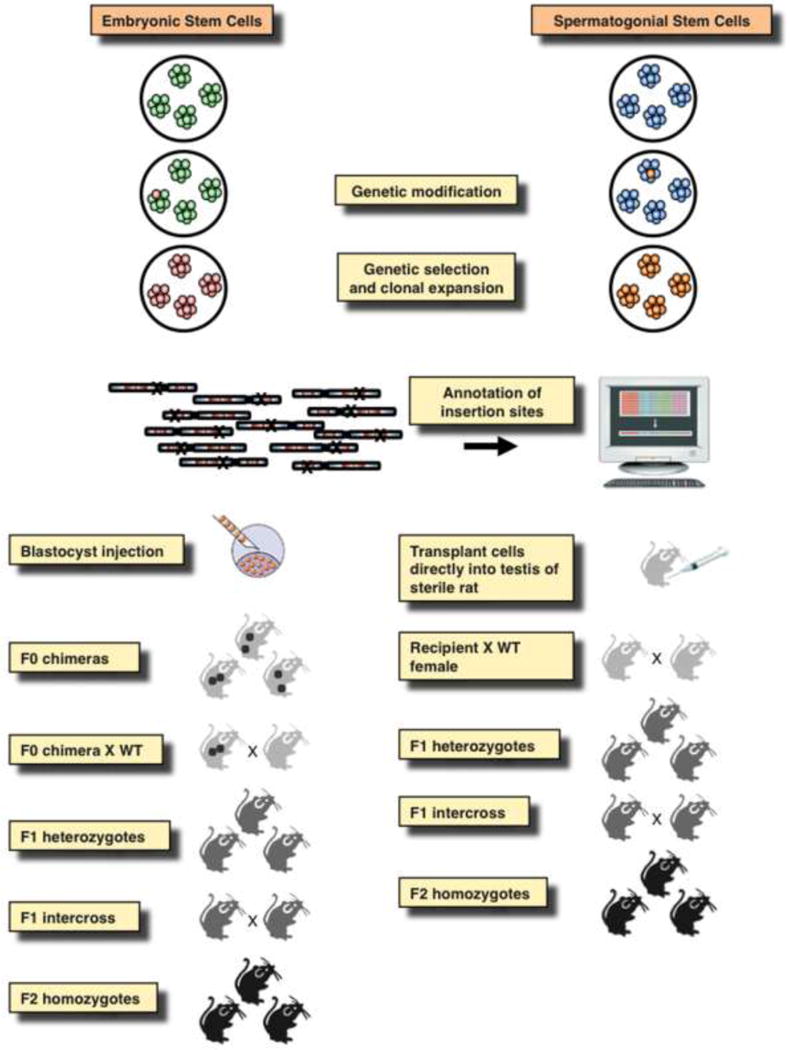Figure 5. Generation of knock-out animals by insertional mutagenesis in embryonic and spermatogonial stem cells.

Cultured embryonic stem cells (ESCs) or spermatogonial stem cell (SSCs) are transfected with mutagenic transposon and transposase constructs that will lead to thousands of transposon insertions covering all chromosomes. Those cells, in which insertions occurred in genes can be selected based on activation of a reporter, and the insertion sites can be mapped. Clonally derived ESCs are transplanted into mouse embryos that will develop into chimeric animals that need to be crossed with wild-type (WT) animals to derive F1 heterozygotes. An F1 intercross will yield F2 homozygotes, in which a phenotype can be studied. SSC clones or polyclonal insertion libraries can be directly transplanted into the testes of sterile males, in which the spermatogonial step cells will undergo spermatogenesis. These transplanted males are crossed with WT females to pass the insertions through the germline and generate transgenic/knock-out animals.
